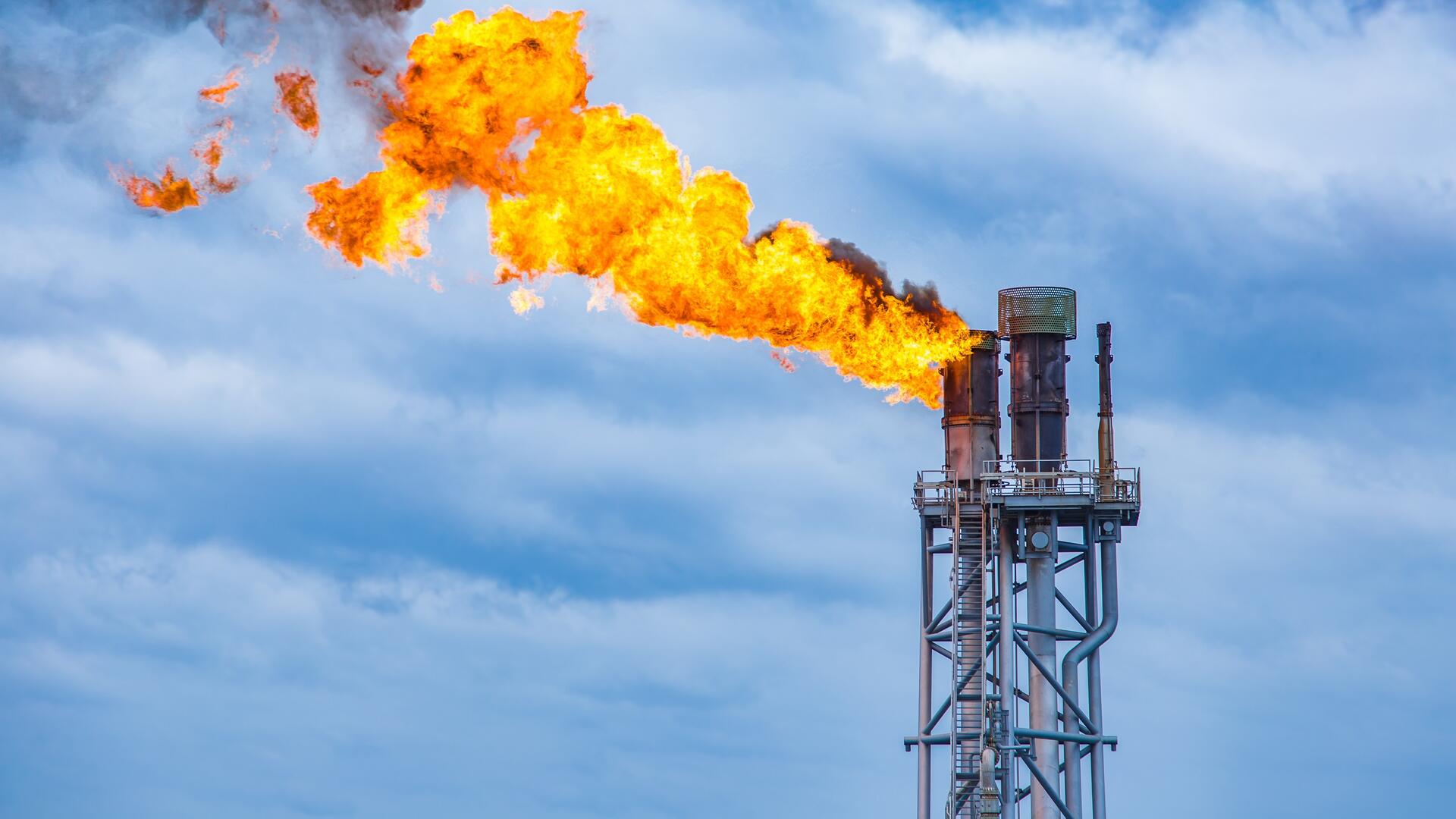
A research team led by Dr. Kyle Daun, an engineering professor at the University of Waterloo, is working with a sophisticated infrared camera to more accurately measure how well flares convert methane into CO2 as part of the oil and gas industry.
The team is using a one-of-a-kind, $650,000 hyper spectral camera on loan from the Department of National Defence in order to image the flares and understand how well they actually convert methane into CO2. Understanding whether or not the flares work effectively is essential to ensuring Canada meets its goals for emissions reduction in the oil-and-gas industry.
The multidisciplinary research team is a partnership between the Faculties of Engineering, Environment, Science, and Math. Dr. Audrey Beliveau and Dr. Christiane Lemieux of the Department of Statistics and Actuarial Science are helping the team understand the accuracy of their results. “All the technologies used to measure methane emissions produce estimates with varying levels of uncertainty,” Lemieux says. “Statistical modelling and analyses are required to correctly assess this uncertainty and understand how accurate the estimates are.”
To read more about the research project, check out the full story here.